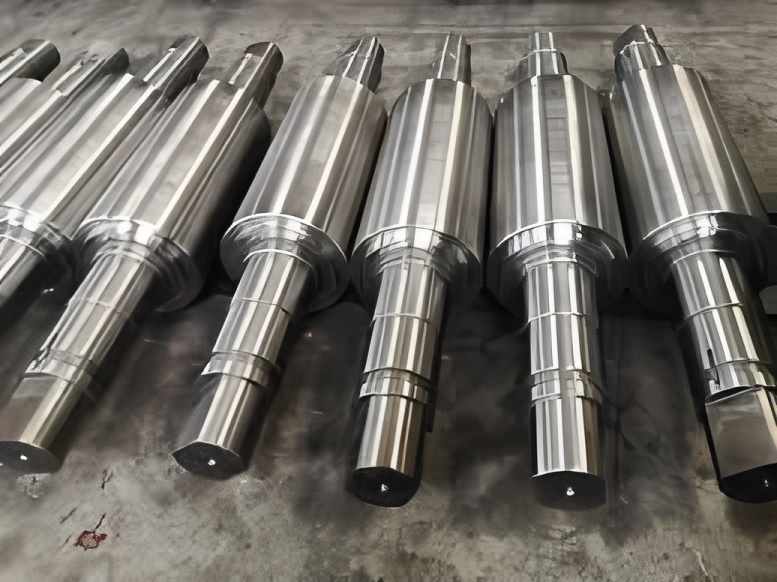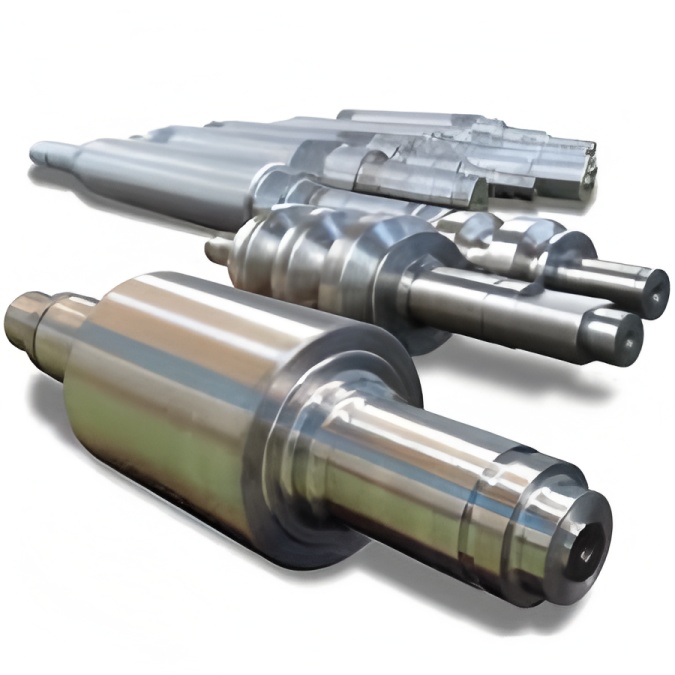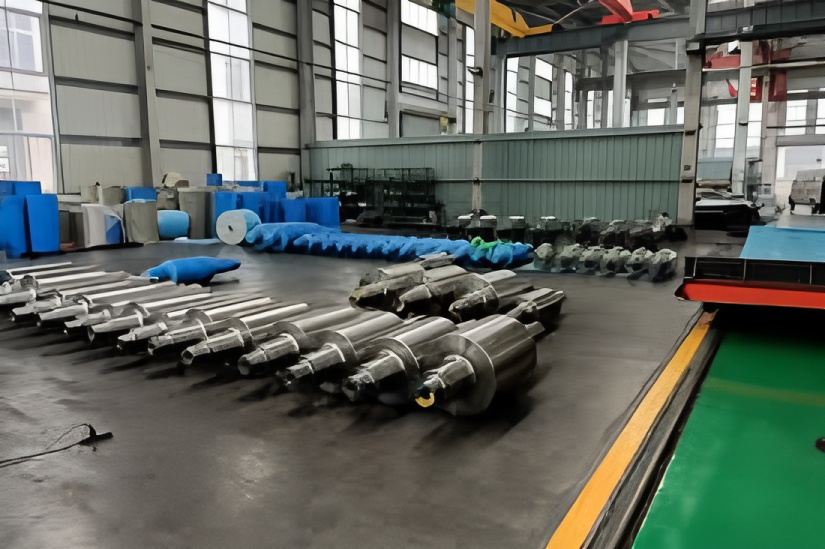According to European standard EN10088/2, cold-rolled stainless steel strip is typically classified into two surface types:
2D/2B surface: Achieved through cold rolling, annealing, pickling, and leveling
2R surface: Produced via cold rolling, bright annealing (BA), and leveling
The 2D/2B surface is typically manufactured using horizontal high-yield continuous annealing and pickling lines with capacities up to 150t/h. Strip annealing occurs in an oxidizing atmosphere (combustion gas mixture), requiring subsequent oxide layer removal and passivation restoration. This process typically involves electrolytic descaling and chemical pickling using mixed acid solutions (nitric and hydrofluoric acid), generating significant pollutants that require specialized treatment.
The 2R surface is produced on vertical bright annealing lines where strips are annealed in hydrogen-nitrogen mixtures with controlled dew points to prevent surface oxidation, eliminating pickling requirements. However, vertical furnace design limits productivity to 20-25t/h. Despite this, 2R surfaces are preferred for their mirror-like characteristics and superior appearance.
An innovative process combining both technologies’ advantages has been developed for cold-rolled stainless steel strip treatment.
1. Process Technology
Market globalization drives manufacturers to seek new technologies that reduce costs, enhance competitiveness, improve quality, and minimize environmental impact. This new technology achieves near-2R surface quality while maintaining traditional annealing and pickling line capacity and cost structure, with additional environmental benefits through reduced chemical pickling.
The new process significantly reduces strip oxidation during annealing, potentially eliminating or minimizing chemical pickling while maintaining surface quality, reducing costs, and decreasing waste liquid volumes. Oxide layer control is achieved through specialized heat treatment cycles and precise atmosphere control in each process stage, particularly in high-temperature sections. Key process steps include:
Controlled oxidizing atmosphere for rapid heating, forming oxide nuclei and thin films
Non-oxidizing atmosphere (nitrogen) annealing for metallurgical transformation while limiting oxide growth
Non-oxidizing atmosphere cooling to prevent carbide precipitation
Effective electrolytic scale removal
Minimal chemical pickling for environmental impact reduction and surface passivation
2. Research and Development
Initial R&D began with existing continuous annealing processes and manufacturer expertise, progressing through laboratory facilities to a specially designed continuous annealing pilot line. Surface characteristics and pickling tests were conducted on annealed samples.
(1) Annealing Optimization
AISI 304 stainless steel research showed the new process reduces oxidation during initial heating (850°C-950°C) through higher air-fuel ratios, forming protective thin oxide layers. High-temperature annealing utilizes non-oxidizing atmospheres to prevent oxide growth, similarly applied during cooling.
(2) Pickling Enhancement
Traditional pickling sections comprise electrolytic oxide dissolution and chemical treatment (mixed acid or ecological salts). The new process’s reduced oxide formation enables complete removal through standard electrolytic descaling alone, achieving near-2R surface quality.
Final minimal chemical treatment (low temperature, reduced hydrofluoric acid, shorter duration) ensures complete pickling even during non-standard operations. Significantly reduced oxidation and surface reactivity decrease material loss and processing time compared to traditional methods.
(3) Pilot Implementation
The annealing test line processes 0.4mm-2.0mm thick, 300mm wide strips at maximum 10m/min speeds. The modular design replicates various annealing cycles and furnace atmospheres, with refractory materials sustaining 1400°C heating zones and comprehensive process control instrumentation. Extensive experiments established optimal process conditions and industrial-scale implementation parameters.
3. Applications
This technology applies to all stainless steel types (austenitic, ferritic, duplex), achieving both bright annealing quality and standard 2B-2D surfaces. The annealing process requires only approximately 20% total energy transfer through indirect heating systems.
4. Cost Analysis
Based on local energy and material prices, cost analysis considers:
A) Annealing section energy and process gas consumption
B) Electrolysis and chemical pickling electricity and chemical usage
C) Waste and emissions treatment
D) Direct labor costs
E) Annealing and pickling metal loss (yield)
The new process reduces AISI 304 production costs by approximately 35-40% compared to traditional methods.
5. Key Advantages
Primary benefits of the new technology include:
Equivalent production capacity to traditional annealing and pickling lines
High flexibility for both 2D and near-2R surfaces
Reduced or eliminated chemical pickling, saving equipment and operational costs
Lower environmental impact and reduced waste treatment expenses
Superior product surface quality
Applicability to new facilities or existing plant upgrades
For existing facilities, only furnace section modifications are required. The reduced strip oxidation increases output and profitability without pickling section alterations.



